To improve the effectiveness and efficiency in managing dredging activities in seaport waters and inland waterway waters; ensure that dredging activities are carried out in accordance with legal regulations.
Accordingly, dredging activities must comply with the provisions of this Decree and relevant legal provisions to ensure technical parameters of channels, maritime safety, maritime security, ensure safety of inland waterway traffic, prevent environmental pollution, prevent landslides, protect river beds, banks, water source protection corridors, ensure safety of dike systems, irrigation works, maritime infrastructure, inland waterways and other works, avoid waste and loss of natural resources of the country. Do not carry out dredging activities in seaport waters, inland waterway waters that hinder the avoidance and shelter of ships and boats during flood and storm seasons, during natural disasters. The contract for dredging and maintaining public waterways and dredging and maintaining inland waterways according to the quality of performance is a contract with a contract price that remains unchanged throughout the contract implementation period for all contents, scope of work, technical requirements and terms stipulated in the contract, except in cases of force majeure and changes in the scope of work to be performed leading to changes in the contract price. The dredging and maintaining public waterways and inland waterways according to the quality of performance is based on contents such as the importance of the waterway for maritime activities, inland waterways, the ability to exploit seaports for public waterways, ports, and inland waterway wharves for inland waterways serving socio-economic development. Statistics on cargo volume; Quantity, type, size of seagoing vessels for public maritime routes, inland waterway vehicles for inland waterways through ports, wharves on public maritime routes, inland waterways in the last 3 years, sedimentation developments, results of dredging and maintenance in the last 3 years at least, area plan, location for receiving dredged materials. The maintenance dredging volume according to the quality of implementation includes the initial maintenance dredging volume and the contracted dredging volume to maintain the channel standards, calculated and determined as the initial maintenance dredging volume including the volume calculated according to the technical standards applied to the project and the expected sedimentation volume from the time of survey and measurement of maritime notifications, inland waterway notifications to the time of survey and measurement of site handover, this dredging volume is re-calibrated according to the survey and measurement data of site handover before the start of dredging construction. The standard maintenance dredging volume is the average annual maintenance dredging volume and is determined based on the sedimentation volume of the channel. [caption id="attachment_1259105" align="aligncenter" width="800"]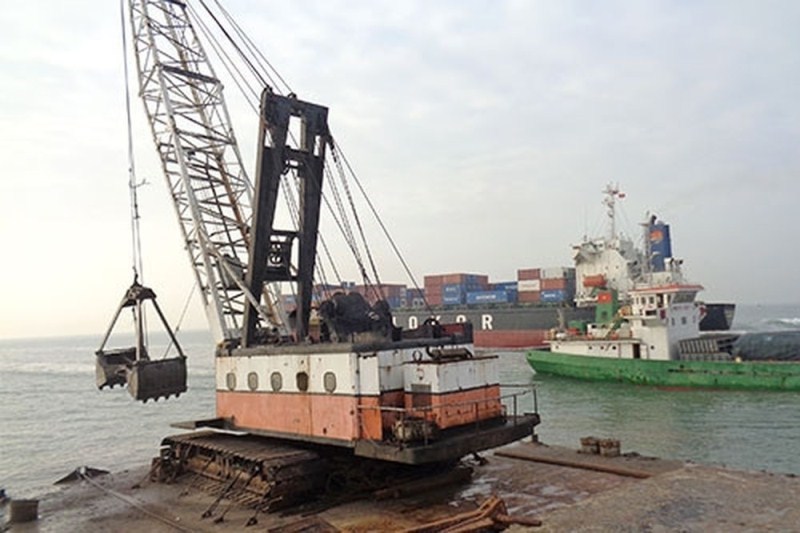 The volume of sediment is calculated based on survey data of maritime notices, periodic inland waterway notices, data on measurement and handover of construction sites and measurement and acceptance data of maintenance dredging of the waterway within a minimum period of 03 most recent years. The area and location receiving dredged material announced, approved or planned by the Provincial People's Committee must ensure the reception of all dredged material during the period of maintenance dredging according to the quality of implementation. The estimated cost of maintenance dredging according to the quality of implementation is determined according to: the volume of dredging of the project; the distance of transportation to the area and location receiving the dredged material; the volume of survey, measurement, inspection and supervision; other work according to the provisions of law on determining construction estimates. Periodic and ad hoc surveys and measurements of waterways are carried out during the implementation of the contract for dredging and maintenance of public waterways and inland waterways to serve the purpose of inspection, supervision and exploitation. Periodic surveys and measurements of waterways are carried out according to the frequency of surveys and measurements approved by the competent authority. The investor decides on the number of ad hoc surveys and measurements, but not more than 03 times/year; the scope of each survey and measurement is specified by the investor with a maximum area of 30% of the surface area of the waterway. In case the frequency of periodic surveys and measurements of waterways is > 03 times/year, the periodic survey and measurement data of the waterways shall be used to serve the purpose of inspection, supervision and exploitation. In case the frequency of periodic survey and measurement of the waterway route is ≤ 03 times/year, additional surveys and measurements will be made to serve inspection, supervision and exploitation. The time for periodic survey and measurement is at least 03 months or at the request of the investor in case of force majeure events affecting the waterway standards. [caption id="attachment_1259109" align="aligncenter" width="600"]
The volume of sediment is calculated based on survey data of maritime notices, periodic inland waterway notices, data on measurement and handover of construction sites and measurement and acceptance data of maintenance dredging of the waterway within a minimum period of 03 most recent years. The area and location receiving dredged material announced, approved or planned by the Provincial People's Committee must ensure the reception of all dredged material during the period of maintenance dredging according to the quality of implementation. The estimated cost of maintenance dredging according to the quality of implementation is determined according to: the volume of dredging of the project; the distance of transportation to the area and location receiving the dredged material; the volume of survey, measurement, inspection and supervision; other work according to the provisions of law on determining construction estimates. Periodic and ad hoc surveys and measurements of waterways are carried out during the implementation of the contract for dredging and maintenance of public waterways and inland waterways to serve the purpose of inspection, supervision and exploitation. Periodic surveys and measurements of waterways are carried out according to the frequency of surveys and measurements approved by the competent authority. The investor decides on the number of ad hoc surveys and measurements, but not more than 03 times/year; the scope of each survey and measurement is specified by the investor with a maximum area of 30% of the surface area of the waterway. In case the frequency of periodic surveys and measurements of waterways is > 03 times/year, the periodic survey and measurement data of the waterways shall be used to serve the purpose of inspection, supervision and exploitation. In case the frequency of periodic survey and measurement of the waterway route is ≤ 03 times/year, additional surveys and measurements will be made to serve inspection, supervision and exploitation. The time for periodic survey and measurement is at least 03 months or at the request of the investor in case of force majeure events affecting the waterway standards. [caption id="attachment_1259109" align="aligncenter" width="600"]  Photo Collection[/caption] Before carrying out dredging construction, the Investor shall notify the implementation plan (time, construction progress, scale of the project, type and quantity of construction vehicles, implementation form, area, location for receiving dredged materials onshore, dumping at sea) to the specialized management agency of the regional Maritime Port Authority, the regional inland waterway management agency, the People's Committee of the province where the project is located and install signs in the area near the construction site. The construction signs shall show the contents of the approving agency, investor, project management unit, consulting and supervision organization, construction unit, scale of the project, construction progress, construction start time, completion time, implementation capital, implementation form, area, location for receiving dredged materials onshore, dumping at sea.
Photo Collection[/caption] Before carrying out dredging construction, the Investor shall notify the implementation plan (time, construction progress, scale of the project, type and quantity of construction vehicles, implementation form, area, location for receiving dredged materials onshore, dumping at sea) to the specialized management agency of the regional Maritime Port Authority, the regional inland waterway management agency, the People's Committee of the province where the project is located and install signs in the area near the construction site. The construction signs shall show the contents of the approving agency, investor, project management unit, consulting and supervision organization, construction unit, scale of the project, construction progress, construction start time, completion time, implementation capital, implementation form, area, location for receiving dredged materials onshore, dumping at sea.Huong Giang








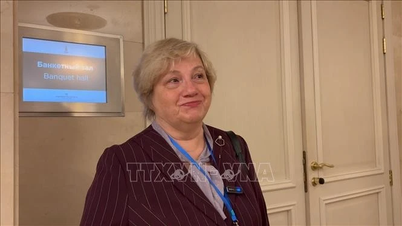



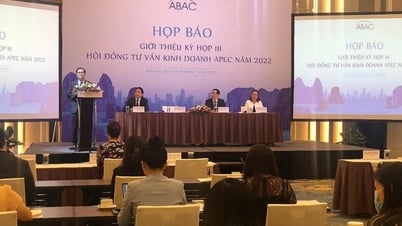

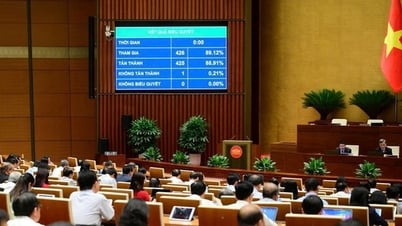

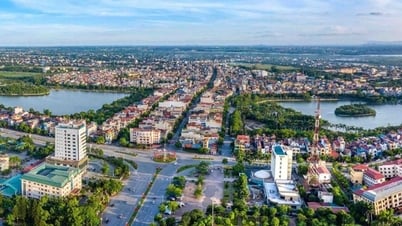






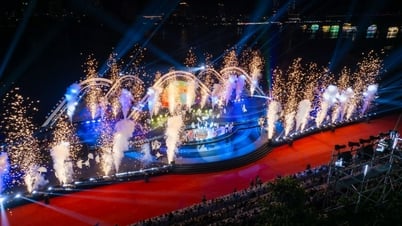



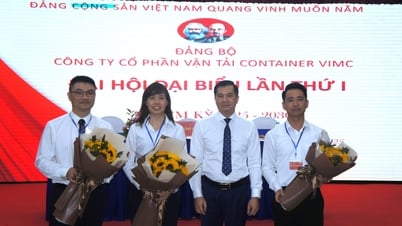






















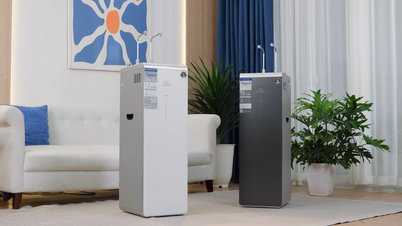
























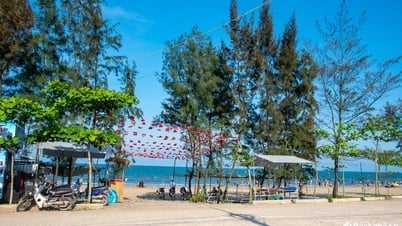

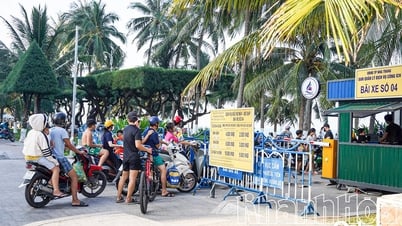




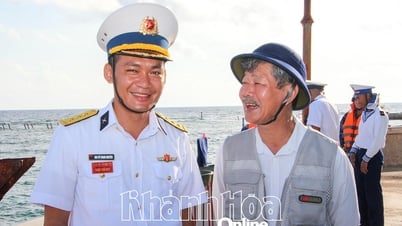

















Comment (0)